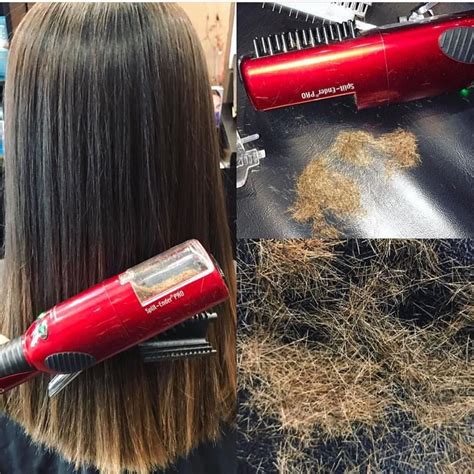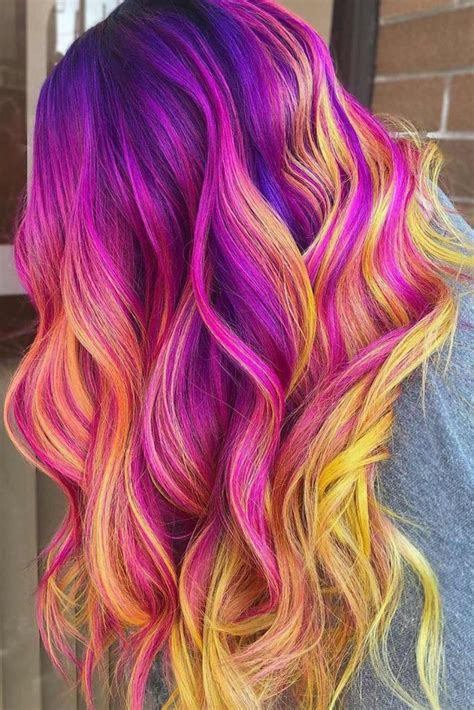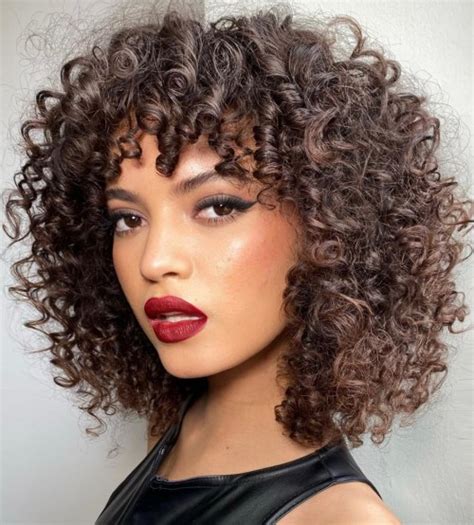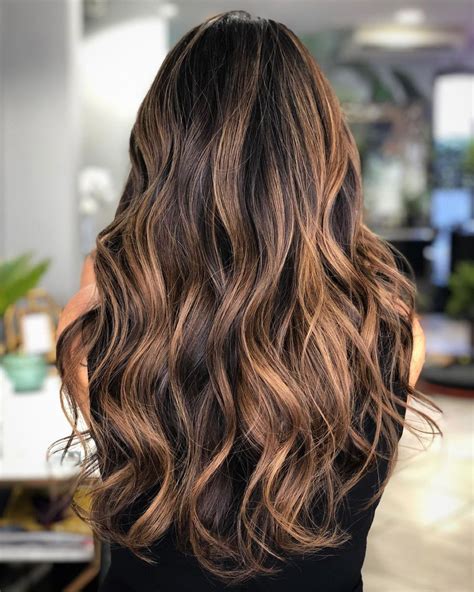Learn about split ends – causes, prevention, home remedies, and professional treatments to keep your hair healthy and beautiful.
Understanding Split Ends
Contents
Split ends, also known as trichoptilosis, occur when the hair shaft splits or frays into two or more parts. This common hair problem is often a result of damage to the hair from heat, chemical treatments, and mechanical stress. Understanding the causes of split ends is crucial in preventing and treating this condition.
One of the primary causes of split ends is excessive heat styling, such as blow drying, straightening, and curling. The high temperatures from these tools can weaken the hair shaft, leading to split ends. Additionally, chemical treatments like coloring, bleaching, and perming can strip the hair of its natural oils, causing it to become dry and prone to splitting.
Poor hair care habits, such as using harsh hair brushes, rough towel drying, and overwashing, can also contribute to split ends. Environmental factors, including sun exposure, wind, and pollution, can further damage the hair, leading to split ends.
It’s essential to recognize the signs of split ends, such as dry, brittle, and frayed hair tips. Once split ends occur, it’s challenging to repair them completely, which is why prevention is key. By understanding the causes of split ends, individuals can take proactive measures to protect their hair and prevent this common issue.
Causes of Split Ends
Split ends occur when the hair becomes dry or brittle, causing the ends of the hair to fray and split. Poor hair care is one of the main causes of split ends. This includes excessive use of heat styling tools, such as flat irons and curling wands, as well as over-brushing and too much exposure to the sun without protection.
Another common cause of split ends is chemical damage from treatments such as coloring, bleaching, and perming. These processes can weaken the hair and result in split ends over time. Additionally, using harsh hair products, such as shampoos and conditioners containing sulfates, can strip the hair of its natural oils and lead to split ends.
Inadequate nutrition can also contribute to split ends. A diet lacking in essential vitamins and minerals, particularly protein, can weaken the hair and make it more prone to splitting. It’s important to maintain a balanced diet and stay hydrated to keep hair healthy and prevent split ends.
Furthermore, environmental factors, such as pollution and harsh weather conditions, can take a toll on the hair, causing it to become dry and damaged. Exposure to chlorine from swimming pools and salt water from the ocean can also lead to split ends.
In conclusion, split ends can be caused by a variety of factors, including poor hair care practices, chemical damage, inadequate nutrition, and environmental stressors. By understanding the causes of split ends, individuals can take steps to prevent them and maintain healthy, beautiful hair.
Prevention Tips
Preventing split ends is a crucial step in maintaining healthy, beautiful hair. The first step in preventing split ends is to avoid over-styling and excessive heat exposure. Limit the use of hot styling tools such as flat irons and curling wands, and always use a heat protectant spray before applying any heat to your hair. Additionally, try to minimize the use of hair elastics and avoid pulling your hair too tightly, as this can cause breakage and lead to split ends.
Another important prevention tip is to trim your hair regularly. Getting a trim every 6-8 weeks can help prevent split ends from traveling up the hair shaft and causing further damage. In addition to regular trims, it’s important to use a moisturizing shampoo and conditioner to keep your hair hydrated and prevent dryness, which can lead to split ends.
Protecting your hair from environmental damage is also essential for preventing split ends. Wear a hat or scarf to shield your hair from harsh weather conditions, such as extreme cold or excessive sun exposure. Use a leave-in conditioner or hair oil to add an extra layer of protection and keep your strands nourished and fortified against any external damage.
It’s crucial to be gentle when detangling your hair to avoid breakage and split ends. Use a wide-tooth comb or a detangling brush, and start from the ends and work your way up to the roots. This will help minimize tugging and pulling, which can cause damage and lead to split ends.
Home Remedies
Dealing with split ends can be frustrating, but there are several home remedies that can help you manage and prevent them. One of the most popular remedies is the use of coconut oil. Applying warm coconut oil to your hair and leaving it on for at least 30 minutes before rinsing can help nourish and strengthen your hair, reducing the appearance of split ends.
If you’re looking for a more convenient remedy, consider using egg as a hair mask. Eggs are rich in protein and can help strengthen your hair follicles, reducing the likelihood of split ends. Simply beat an egg, apply it to your hair, and let it sit for 20-30 minutes before rinsing.
Regular trimming is also an effective home remedy for split ends. While it may not fix the existing split ends, it can prevent them from getting worse and spreading further up the hair shaft. You don’t need to trim a lot—just a quarter of an inch every 6-8 weeks can help keep your ends healthy and split-end free.
Another home remedy that’s worth trying is a honey and yogurt hair mask. Mix equal parts of honey and yogurt and apply it to your hair, focusing on the ends. Let it sit for 20-30 minutes before rinsing. The moisturizing properties of honey and the protein in yogurt can help nourish and repair your split ends.
Lastly, make sure to avoid excessive heat from styling tools and minimize the use of chemical treatments. Heat and chemicals can weaken the hair and lead to split ends. Embracing natural hairstyles and giving your hair some time to breathe can do wonders in preventing split ends.
Professional Treatments
Professional treatments for split ends are often the most effective way to deal with this common hair issue. One popular method used by hair professionals is called the hair trim, in which the damaged ends of the hair are snipped off. This helps to prevent the split from traveling further up the strand, promoting healthier and more manageable hair.
Another professional treatment option is keratin or protein treatments. These treatments involve applying a protein-rich formula to the hair, which helps to strengthen and repair the damaged strands, reducing the appearance of split ends.
In more severe cases, a hair mask may be recommended by a professional. These masks are typically more intensive than at-home remedies and can help to nourish and revitalize dry, damaged hair, ultimately preventing and reducing the occurrence of split ends.
For those looking for a longer-term solution, sealing treatments may be the way to go. These treatments work to seal the hair cuticle, preventing further damage and reducing the appearance of split ends.











